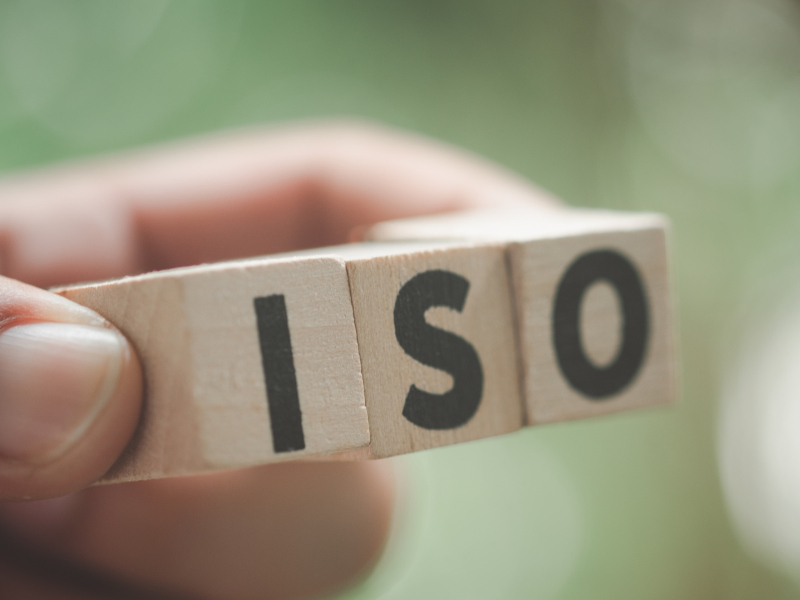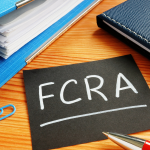A Comprehensive Guide to ISO Certification: Eligibility, Application, and Procedures
Introduction
ISO Certification-In today’s competitive business landscape, organizations strive to maintain high-quality standards to meet customer expectations and ensure consistent product and service delivery. One widely recognized method for achieving this is obtaining ISO certification. ISO (International Organization for Standardization) certification is a globally accepted standard that signifies an organization’s commitment to quality, efficiency, and continuous improvement. This article provides a detailed overview of ISO certification, including eligibility, application procedures, documentation requirements, and the agencies involved.
Eligibility for ISO Certification
ISO certification is not limited to a specific industry or type of organization; it is applicable to businesses of all sizes, government agencies, and nonprofit organizations. Eligibility for ISO certification depends on the specific ISO standard an organization wishes to implement. Some common ISO standards include:
ISO 9001: Quality Management System (QMS)
ISO 14001: Environmental Management System (EMS)
ISO 27001: Information Security Management System (ISMS)
ISO 45001: Occupational Health and Safety Management System (OHSMS)Organizations can pursue certification in one or more of these areas, depending on their needs and objectives.
How to Apply for ISO Certification
The process of obtaining ISO certification involves several key steps:
Identify the Relevant ISO Standard: First, determine which ISO standard aligns with your organization’s goals and processes. Different standards have specific requirements and focus areas.
Select a Certification Agency: Choose a certification agency accredited by the relevant national or international accreditation body. Accredited agencies adhere to strict quality standards and are recognized globally.
Conduct a Gap Analysis: Assess your organization’s current practices against the requirements of the chosen ISO standard. Identify areas where improvements are needed to meet the standard’s criteria.
Develop and Implement an ISO Management System: Create and implement processes and procedures that align with the ISO standard’s requirements. This may involve changes in organizational culture, policies, and practices.
Document the System: Maintain comprehensive documentation of your management system, including policies, procedures, and records.
Documents Checklist for ISO Certification
To successfully apply for ISO certification, organizations need to compile a set of documents that demonstrate compliance with the chosen standard. While specific requirements may vary, common documents include:
1. Quality Manual: An overview of the organization’s quality management system, including its scope and objectives.
2. Procedures Manual: Detailed procedures for each process and activity within the management system.
3. Work Instructions: Step-by-step instructions for specific tasks and activities.
4. Records of Training and Competency: Evidence that employees are trained and competent in their respective roles.
5. Internal Audit Reports: Records of internal audits conducted to evaluate the effectiveness of the management system.
6. Corrective and Preventive Action Reports: Documentation of actions taken to address non-conformities and prevent recurrence.
7. Management Review Records: Documentation of management meetings to review the performance of the management system.
Procedure for ISO Certification
The procedure for ISO certification typically includes the following steps:
1. Application: Submit an application to the chosen certification agency, outlining your organization’s intent to obtain ISO certification. Provide information about your management system and the ISO standard you are pursuing.
2. Document Review: The certification agency reviews your documentation to assess compliance with the ISO standard’s requirements. They may request additional information or clarification.
3. Stage 1 Audit: The certification agency conducts an initial audit to evaluate the readiness of your organization for the certification process. They will identify any major non-conformities or areas that require improvement.
4. Stage 2 Audit: This is the main certification audit. The certification agency assesses the effectiveness of your management system by conducting on-site inspections, interviewing personnel, and reviewing records.
5. Certification Decision: Based on the audit results, the certification agency makes a certification decision. If your organization meets the standard’s requirements, you will be issued an ISO certificate.
How to Obtain ISO Certification
Once your organization has obtained ISO certification, you must maintain your management system and continuously improve it. This involves:
1. Regular Surveillance Audits: The certification agency conducts periodic surveillance audits to ensure ongoing compliance with the ISO standard.
2. Continuous Improvement: Organizations should actively seek opportunities for improvement in their management system. This can be achieved through monitoring performance metrics, customer feedback, and internal audits.
3. Recertification: ISO certification is typically valid for a limited time (e.g., three years). To maintain certification, organizations must undergo recertification audits at specified intervals.
Application Form for ISO Certification
Each certification agency may have its own application form and requirements. These forms can often be found on the agency’s website. To complete the application form, you will need to provide information about your organization, its processes, and the ISO standard you are pursuing.
Certified Agencies for ISO Certification
ISO certification can only be granted by accredited certification bodies. These bodies are accredited by national or international accreditation bodies, such as ANSI, UKAS, or DAR. Some well-known certification bodies include:
1. DNV
2. Bureau Veritas
3. TÜV SÜD
4. SGS
5. IntertekRating Details for ISO Certification
ISO certification does not involve a rating system in the traditional sense. Instead, organizations receive a certificate that confirms their compliance with a specific ISO standard. However, organizations can use their certification as a competitive advantage when bidding for contracts or demonstrating their commitment to quality, environmental responsibility, or information security to customers and stakeholders.
Auditing Agency for ISO Certification
The auditing agency responsible for evaluating an organization’s compliance with ISO standards is the certification body. This body conducts both stage 1 and stage 2 audits, reviews documentation, and assesses the effectiveness of the organization’s management system.
Inspections Details for ISO Certification
During the certification process, inspections are carried out by the certification body to evaluate the organization’s adherence to the ISO standard. These inspections can include:
Document Review: The certification body examines the organization’s documentation to ensure it aligns with the ISO standard’s requirements.
On-Site Inspections: Stage 2 audits often involve on-site visits, where auditors observe processes, interview personnel, and verify that the management system is effectively implemented.
Review of Records: Auditors review records to ensure that the organization maintains adequate records of its activities, performance, and corrective actions.
In conclusion, ISO certification is a valuable tool for organizations looking to demonstrate their commitment to quality, environmental responsibility, information security, or occupational health and safety. By following the eligibility criteria, application procedures, and maintaining compliance with ISO standards, organizations can enhance their reputation, gain a competitive edge, and ensure continuous improvement in their operations. Collaborating with accredited certification bodies is essential to successfully navigate the ISO certification process and achieve the desired certification.
Source: Certification – ISO



